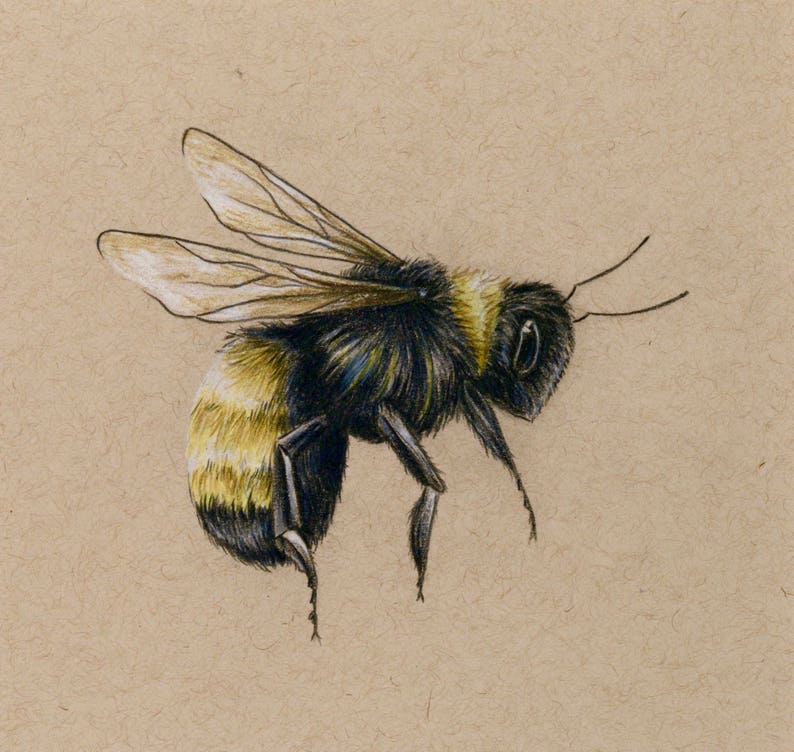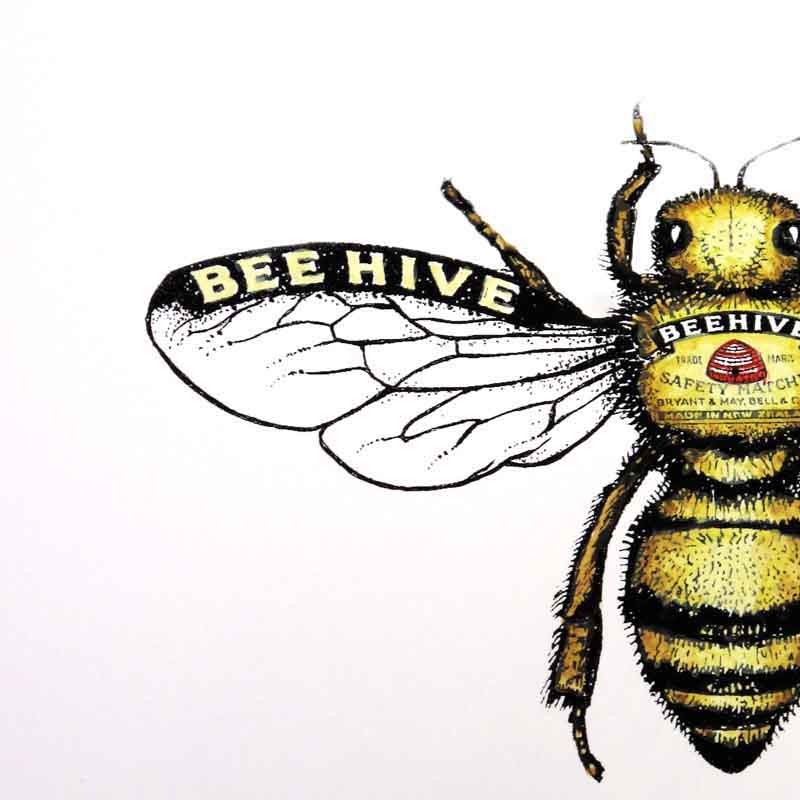

medicalpubs/diseasemanagement/allergy/hymenoptera-venom-allergy/ creatures/urban/occas/hornet_yellowjacket.htm /newsletter_article/Getting_into_the_sting_of_things.Recognition, management, and prevention of hymenopteran stings and allergic reactions in travelers. ipm/schoolipm/sites/default/files/YellowJacketStings.pdf Avoiding and treating yellowjacket stings.You can learn more about how we ensure our content is accurate and current by reading our editorial policy. Healthline has strict sourcing guidelines and relies on peer-reviewed studies, academic research institutions, and medical associations. Learn more: First aid for bites and stings » Be sure to talk to your doctor about when to use this powerful prescription drug. If you or a family member is allergic to yellow jacket stings, keep an Epi-Pen handy in your purse or first aid kit. In case of emergency, carry an Epi-Pen.Rub a tiny bit of meat tenderizer on the bite to see if it helps reduce the pain and swelling. This enzyme is naturally found in papaya fruit and helps break down the proteins in meat, and it can do the same for the venom of a yellow jacket sting. This powder typically has an enzyme called papain. There’s actually some truth to this old wives’ tale. Sprinkle meat tenderizer on the wound.Just put a little vinegar on a cotton ball and pat on the affected area. Simple vinegar can act as an astringent and keep you from clawing at the bite, which could lead to further infection or inflammation. Mix a spoonful of baking soda with water, and then apply with a cotton swab or ball to the yellow jacket sting to help neutralize the venom. Baking soda can help counteract the venom naturally. The venom that yellow jackets produce is naturally acidic. Mix up a paste of water and baking soda.Taking an over-the-counter antihistamine such as Benadryl right after getting stung can reduce these symptoms. The body produces a chemical known as histamine in an effort to protect the body from foreign substances, which is partly what causes the swelling and itching.

Keep reading: How to make a cold compress » For best results, leave the ice on the bite for at least 20 minutes. Wrap the ice or cold pack in a towel or washcloth before applying it to the bite to protect your skin.

Applying an ice or a cold pack to the affected area can help immediately reduce inflammation and the painful swelling associated with a yellow jacket sting. If they’re having trouble breathing, you may need to perform CPR.


 0 kommentar(er)
0 kommentar(er)
